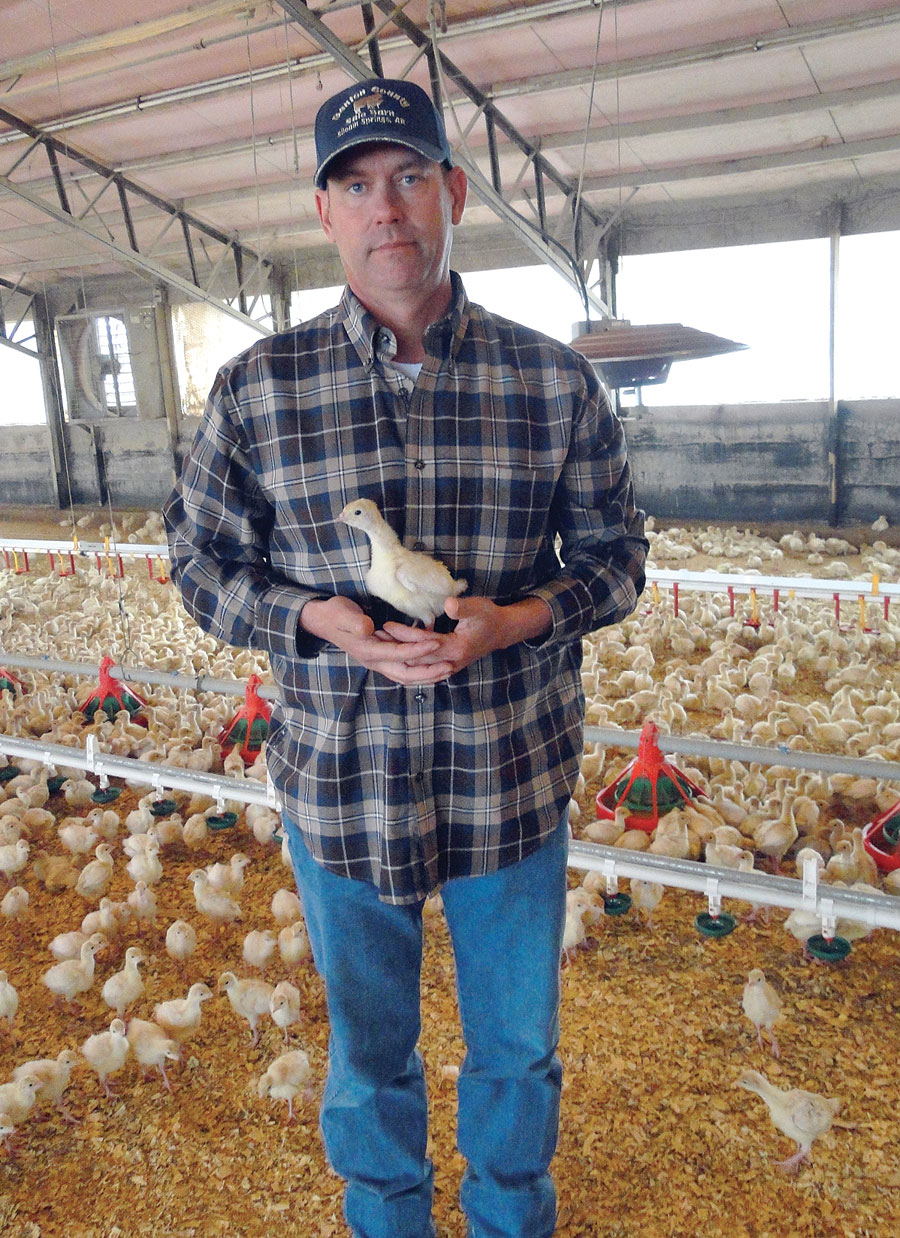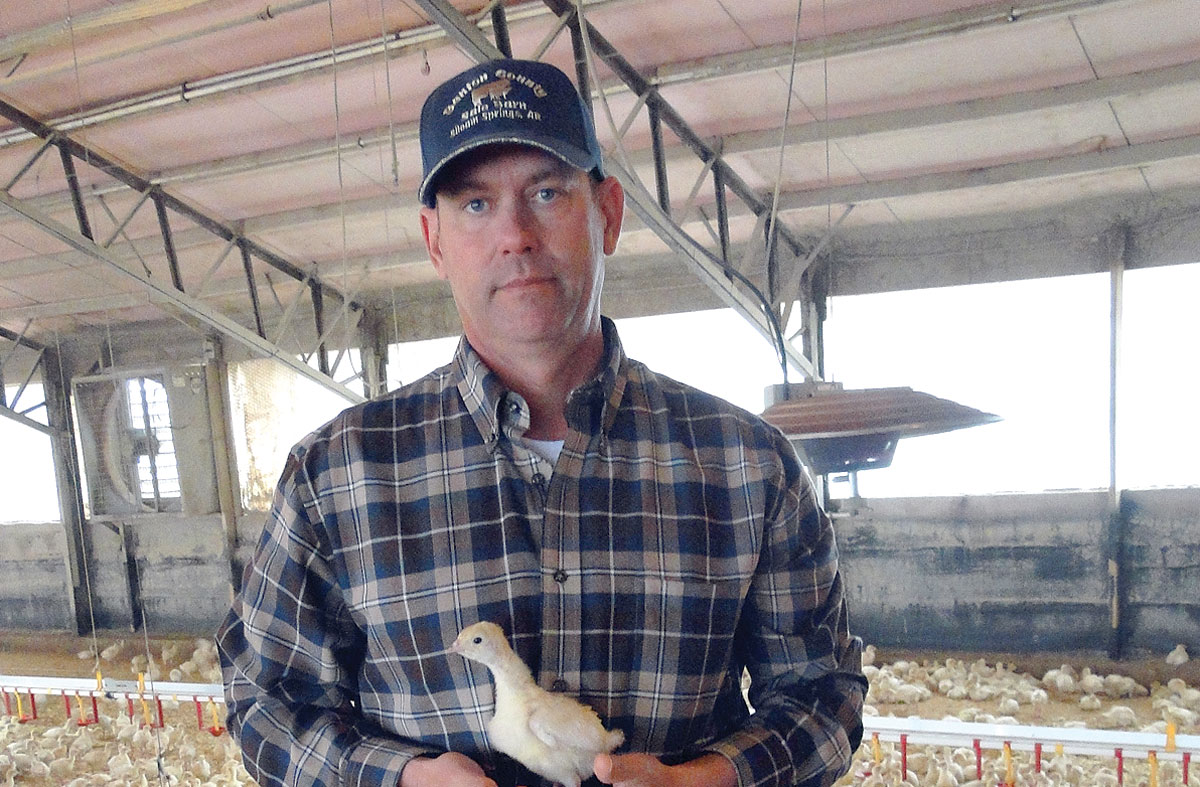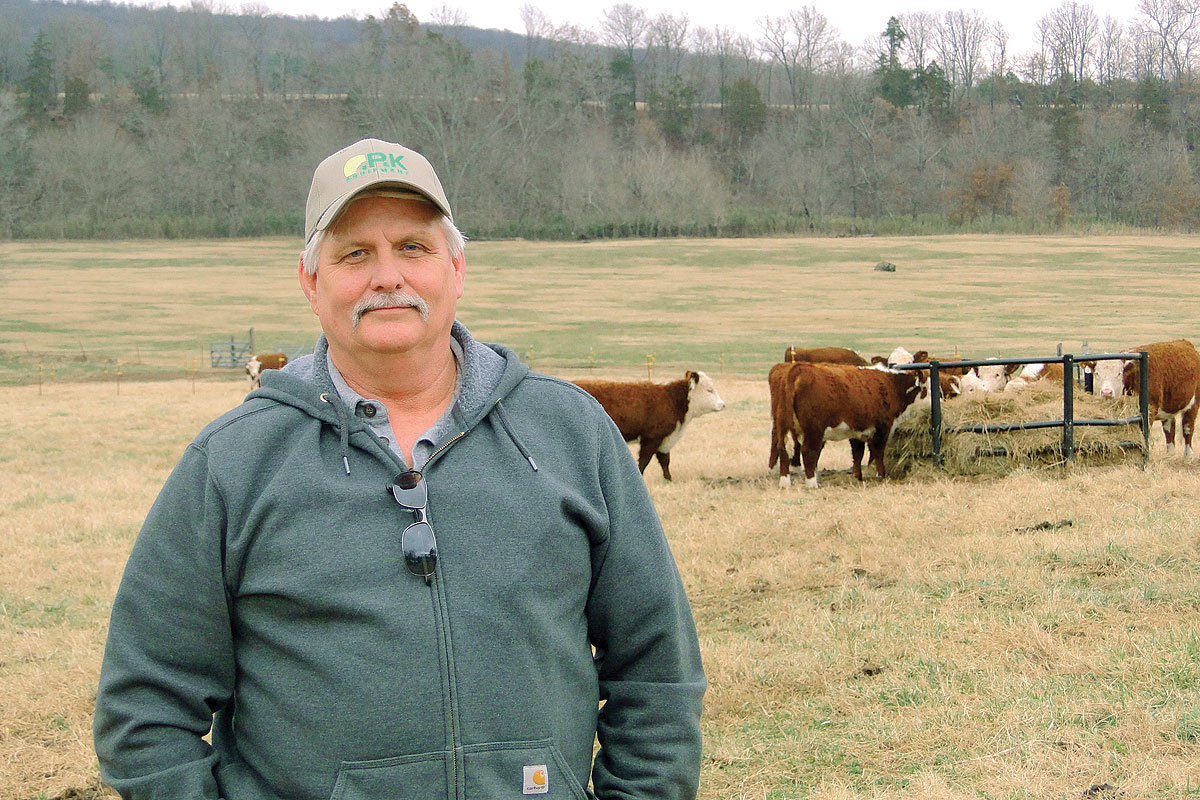 Curtis Griscom had plans to become a stockbroker, but found his way back to the industry he loves
Curtis Griscom had plans to become a stockbroker, but found his way back to the industry he loves
A love of farming runs deeply in Curtis Griscom.
Curtis’ father Don hauled milk for a contractor for two years in the early 1950s, collecting cans. Then in 1954, he bought the route and continued driving while also later running an apple orchard. In the mid 1960s, tanker trucks came to the industry, so Don alternated days by driving a tanker one day and picking up 100-pound cans the next. In 1970, cans were discontinued, and Don continued driving a milk truck when Curtis joined him at the age of 20.
Even though Curtis’s heart was with farming, going to college seemed the right thing to do, so he began studying banking and finance with the goal of becoming a stockbroker.
“Then some wonderful opportunities opened up for me and I was able to enter the agricultural industry I love,” explained Curtis.
In 1990, Curtis’s great uncle, Riley Campbell, wanted to sell his farm in Lincoln, Ark., which is now Curtis’ home place. Further, the dairy industry was undergoing a significant change. Processors no longer wanted to maintain their own truck fleets. Curtis’ father had a buyer for his hauling business but said he would stay on if Curtis wanted to work together and form a corporation.
Curtis took his first big steps. He quit college, started driving for his dad and later, in 1998, purchased a truck and tanker. In 2001, Don and Curtis had a route of 50 dairies usually divided into every other day pickup.
Curtis and his dad continued hauling milk in to 2018. Nonetheless, the number of dairies dropped and Curtis’ driver had a terrible accident on a narrow and dangerous strip of Highway 45 badly in need of widening and stable shoulders.
The driver was severely hurt, leaving Curtis with a difficult decision because the driver would be out of commission for at least two months and needed to be replaced. Further, in 2014 Curtis had purchased a turkey farm a quarter-mile down the road. After much soul-searching, he decided what was best for his family was to leave milk hauling behind. Now Curtis is a full-time farmer, running his newly renovated turkey farm and a commercial cattle herd.
The most important alteration to the turkey farm was changing from a two-stage to an all–in, all–out system. A flock of a 38,300 day-old poults arrives and is put into one of the three houses called a brooder house. They stay for five to six days in 18 broad rings with 2,000 to 2,200 in each ring. The purpose of the rings is to prevent the poults searching for their mothers and from huddling in a corner for warmth and smothering. Then one third of the birds are moved to the intermediate house for 10 to 12 days. Then the remaining two-thirds are divided again with approximately 13,000 birds in each house. The birds are picked up in a total of 84 to 91 days. Curtis raises regular hens: the typical Thanksgiving bird weighing 15 to 16 pounds.
Necessary renovations for the new system required additional grow out equipment including feeders and waterers, as well as extra fans in the brooder house. The intermediate house added a row of baby waterers and feeders plus adult-sized ones. Now Curtis is switching from propane to natural gas because it is cheaper and more convenient since he does not have to watch the tank levels. He saved money because he was able to connect to a nearby existing line.
Curtis’ clean out process is interesting in that the brood house has a total clean out after every flock with the shavings and litter from that house added to the other two houses. Those houses are windrowed as needed. The material sits for a week to heat up and kill bacteria when it is turned and then allowed to sit for another week before being leveled. That concentrates the nutrition content when Curtis uses turkey litter for his commercial herd’s pastures.
Curtis’ commercial herd has 80 mommas with a goal of 150 on 600 acres owned, leased and shared with his father. He had a Beefmaster bull he liked and kept 42 half-sisters out of that bull as breeding stock.
He liked Beefmaster because it passes on heat resistance so cows don’t stand in ponds, have more time to eat and are good mothers. Now Curtis has Charolais and Hereford bulls on his heavily Angus-influenced cowherd. He likes the Hereford because it passes on a gentler temperament.
“Beef cattle is the last frontier. Chickens and pork are pretty much industry controlled so the only creativity left is with cattle,” said Curtis.
Curtis’ wife is a master teacher at Lincoln Elementary, while 19-year-old son Clay is beginning a degree in computer engineering at the University of Arkansas. Clay hopes to continue his inherent interest in music coming from musician grandparents on each side.
Twins Cole and Clark have different interests. Cole is looking toward a career as a doctor of physical therapy, owning his own farm. Clark plans to seek a degree in agriculture business and own his own farm. All three enjoy shooting sports and have a wide array of guns and bows that grace the walls of the family room.
Choices may have been tough for Curtis thereby resulting in sleepless nights, but for Curtis, family comes first and his family is prospering.







